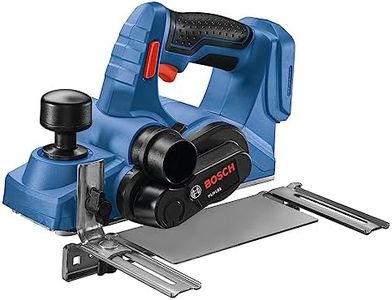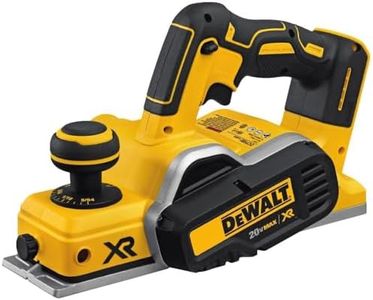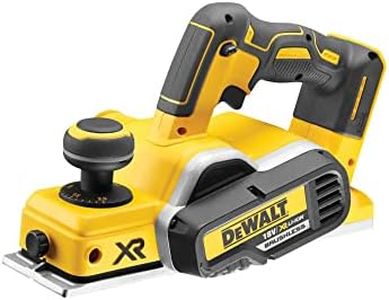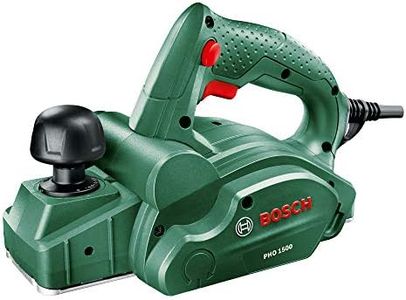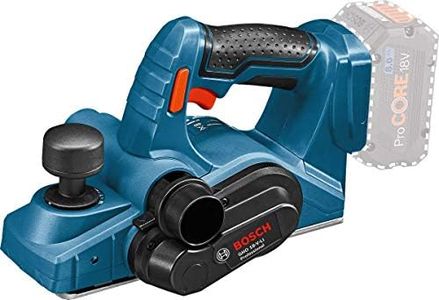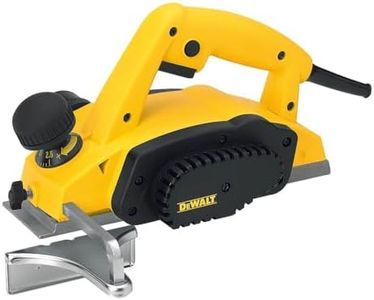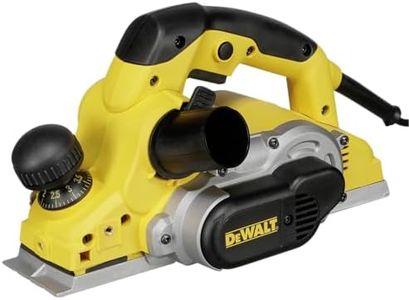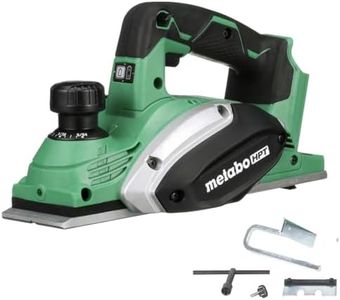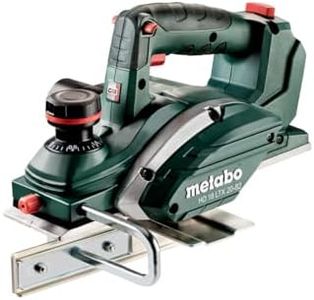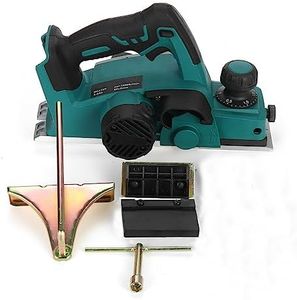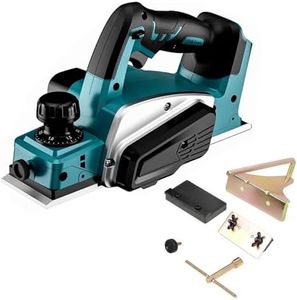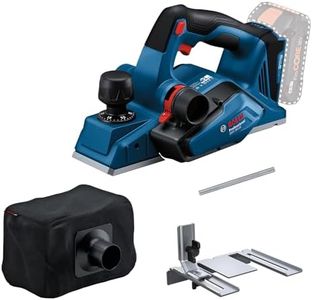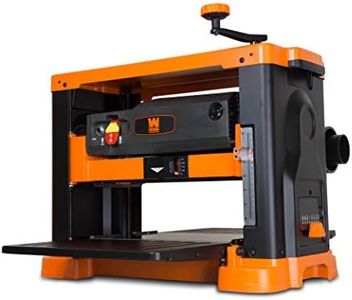We Use CookiesWe use cookies to enhance the security, performance,
functionality and for analytical and promotional activities. By continuing to browse this site you
are agreeing to our privacy policy
10 Best Benchtop Wood Planers
From leading brands and best sellers available on the web.Buying Guide for the Best Benchtop Wood Planers
When choosing a benchtop wood planer, it's essential to consider what types of woodworking projects you plan to tackle. Whether you're an enthusiast making furniture, crafts, or home improvements, having the right planer can save time and give your projects a polished, professional look. Understanding the key features and how they fit your needs will help you choose a benchtop planer that’s effective and enjoyable to use. Here’s what you need to look out for:Cutting WidthCutting width is the maximum width of the board the planer can handle in a single pass. This spec is important because it directly limits the size of the wood you can process. Planers are usually divided into segments such as compact (up to 12 inches), mid-size (12 to 13 inches), and larger units (over 13 inches). If you often work with wide boards, look for greater capacity. However, for most DIY and furniture projects, a capacity of 12 to 13 inches is versatile and practical.
Maximum Depth of CutThe maximum depth of cut refers to how much material the planer can remove from the surface in one pass. This matters because deeper cuts can speed up your work, but may also stress the machine or affect the quality of the finish. Common ranges are light (up to 1/16 inch per pass), moderate (1/16 to 1/8 inch), and heavy (over 1/8 inch). For most users, moderate passes provide a balance of efficiency and surface quality, and heavy cuts are only occasionally required for very rough stock.
Feed RateFeed rate is how quickly the wood moves through the planer. A faster feed rate means quicker job completion but may result in a rougher finish, whereas a slower feed produces smoother surfaces. Typical divisions are slow (10 to 15 feet per minute), medium (15 to 20 fpm), and fast (over 20 fpm). If your work prioritizes surface smoothness, lean toward lower feed rates, but if you often process large batches or rough lumber, a higher feed rate can save time.
Motor PowerMotor power, usually measured in amps or horsepower, tells you how powerful the planer is. Higher power helps the planer handle thicker, harder woods without bogging down. Compact planers may offer around 10 amps, mid-range models around 12-15 amps, and heavy-duty options more. If you plan to plane hardwoods or wide boards regularly, choose higher power; for occasional or softwood use, standard power will suffice.
Number/Type of Blades (Knives)The number and type of blades (or knives) in a planer affect the quality and speed of the cut. Most benchtop planers have two or three blades. More blades generally result in smoother finishes and finer cuts. Blades can be straight or helical/spiral; helical designs reduce noise and often last longer but cost more. For hobby or light professional use, two blades are enough, but if you care deeply about finish quality or work with challenging woods, consider three blades or a spiral design.
Material Support & Bed LengthThe quality and length of the planer’s bed, along with any additional infeed/outfeed support, help keep the wood steady during planning. More support prevents snipe (undesirable marks at the ends) and improves safety and accuracy. Short beds are portable but can cause more snipe; longer beds and extra supports help when working with longer boards. If you work mainly with short stock, a standard bed will do; for longer pieces, look for extra or extendable support options.
Dust CollectionBenchtop planers produce lots of shavings and dust, so dust collection systems are key for a clean, safe workspace. Some offer simple collection ports, while others integrate with shop vacuums or dust collectors. Efficient systems are essential for indoor, garage, or shared workspaces. If dust is a concern for you, prioritize models with solid dust collection features or adaptable ports.
